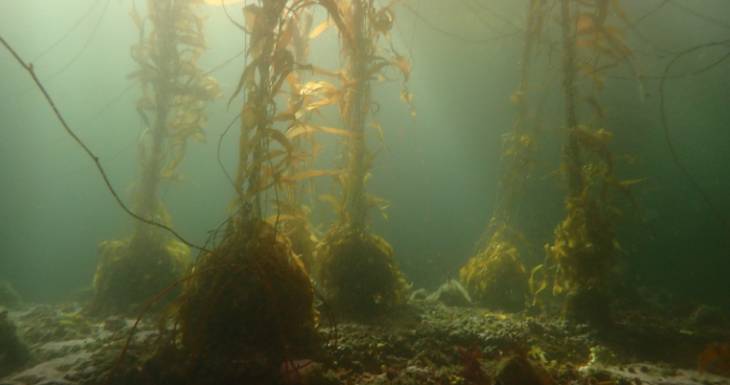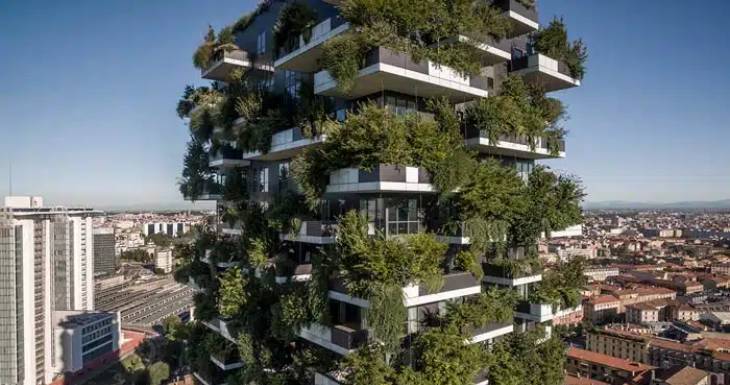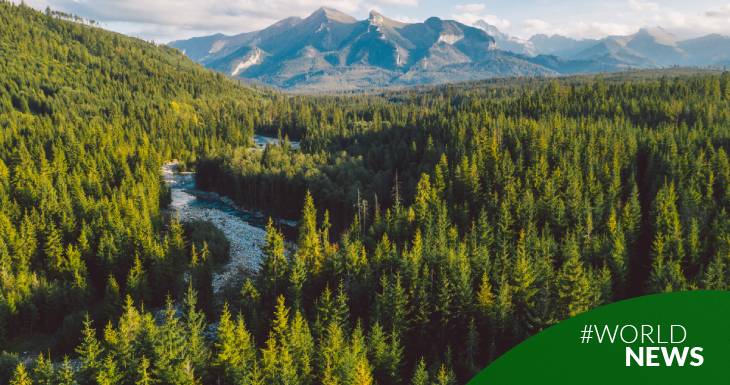March 21st not only marks the beginning of spring in many parts of the world, but is also the International Forests Day, a key date to reflect on the importance of these ecosystems on our planet.
Forests, which cover almost a third of the Earth, are not only a refuge for millions of species of flora and fauna, but also play a fundamental role in the fight against climate change, the water cycle, and the health of our soils.
They can be classified into three main types, depending on the climate and predominant vegetation.
- Tropical forests, which represent approximately 40% of global forests, are located near the equator, and are known for their high biodiversity and constant rainfall, as seen in the Amazon rainforest. These forests represent a significant part of global biodiversity, hosting an incredible variety of species.
- Temperate forests, with distinct seasons, evergreen or deciduous, constitute about 25% of the world's forests. They are found in regions such as Europe and North America and are critical for regulating the climate and the water cycle.
- Boreal or taiga forests, located in the Northern Hemisphere, predominate in places such as Canada and Russia. Made up primarily of conifers, these forests are crucial to global climate balance due to their ability to store large amounts of carbon and represent approximately 35% of the world's forests.
Each forest type, with its unique characteristics, makes a vital contribution to the planet's sustainability.
However, on this day, we will not only celebrate the traditional forests we all know, but we will also pause to reflect on equally important ecosystems that are often overlooked: invisible forests. These include underwater kelp forests and mangroves, which play essential roles in the planet's health.
- Underwater kelp forests, such as those found on the cold coasts of the oceans, are essential for marine biodiversity, providing shelter and food for a variety of marine species. They also help sequester carbon, helping to mitigate the effects of climate change.
- On the other hand, mangroves, which grow in tropical and subtropical coastal areas, act as natural barriers to erosion, protect coasts from storms and tsunamis, and provide habitat for numerous species of fauna and flora.
Although invisible to many, these aquatic forests are vital to marine and coastal ecosystems, demonstrating that "forests" are not only found on land but also underwater.

The incorporation of urban forests and green spaces in cities:
The use of urban forests and public green spaces in the urban environment, in any form—urban trees, linear parks, public green spaces, green belts, biological corridors, and protected areas—represents the most practical and optimal investment to positively impact the quality of life of the urban population.
They provide cities with environmental services such as the absorption of ultraviolet rays and glare, the reduction of wind forces, high temperatures, heat waves, and noise pollution, the absorption and reduction of polluting particles, and the provision of habitat for birdlife.
Cities such as Singapore, Copenhagen, and Vancouver stand out for their successful urban reforestation strategies:
Singapore has implemented a series of "city-in-a-garden" projects, integrating green spaces throughout the city, such as the famous Gardens by the Bay, which not only beautifies the landscape but also improves air quality. In Copenhagen and Vancouver, tree planting initiatives have been promoted in urban areas, with the goal of reducing the carbon footprint and increasing biodiversity. Furthermore, green architecture has taken an important step forward with the integration of vertical forests into buildings, such as the Bosco Verticale project in Milan.

These buildings feature terraces and facades filled with vegetation, which contributes to improving air quality, reducing energy consumption, and providing a habitat for urban wildlife. This type of innovative architecture is revolutionizing cities, creating more sustainable and pleasant environments to live in.
Forests and Technology: Drones and Satellites Against Deforestation:
Technology is playing a crucial role in the fight against deforestation, with innovative tools such as drones and satellites transforming the way we monitor and restore forests.
Satellite images are used to detect illegal logging, allowing governments and environmental organizations to identify changes in forests in real time, even in remote areas.
Drones are not only used for monitoring but are also being used to plant trees and restore degraded ecosystems by distributing seeds in hard-to-reach areas accurately and efficiently, seeking to accelerate reforestation. Although aerial seeding is unlikely to replace other reforestation methods, some experts say this technology could improve access to mountainous terrain and quickly disperse many more seeds than manual sowing.
Furthermore, artificial intelligence (AI) is being applied to predict deforestation patterns, optimize conservation strategies, and analyze large volumes of environmental data, improving decision-making and increasing the effectiveness of forest protection actions.
These technologies are contributing to combating global forest loss and are revolutionizing forest conservation, offering innovative and scalable solutions to protect our natural resources.
This day invites us to recognize that forests, in all their forms, are essential to life on the planet, and that their conservation must include both visible forests and those that are out of sight, but are equally crucial to the global ecological balance.


